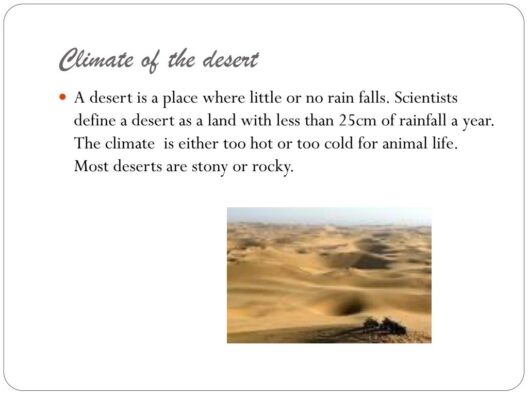In the realm of physics, energy conceptualization manifests in various forms, each critical for understanding systems’ dynamics. Among these, rotational energy occupies a pivotal position, particularly when analyzed within the framework of conservative forces. To grasp the intricacies of this topic, we must first delineate the definitions and characteristics that underpin conservative forces and rotational energy, preceding an exploration of their interrelationship.
Conservative forces are those whose work is path-independent, meaning that when an object moves between two points, the work done by a conservative force depends solely on the initial and final positions, not the trajectory traversed. Common examples include gravitational forces and spring forces. In contrast, non-conservative forces—friction being a quintessential example—are path-dependent, dissipating energy in the form of heat and thereby complicating energy conservation principles.
Rotational energy, or angular kinetic energy, is the energy possessed by an object due to its rotation about a central axis. Mathematically, it can be expressed as KE_rot = 1/2 I ω², where I is the moment of inertia and ω is the angular velocity. This form of energy is a cornerstone of systems in motion, encompassing everything from spinning tops to orbiting planets. To ascertain whether rotational energy constitutes a conservative force, one must analyze its principles through various lenses, including work done, energy conservation, and system behavior.
When considering whether rotational energy is a conservative force, one must refer to the concept of torque. Torque can be perceived as the rotational counterpart of force, defined as the product of radius and force applied perpendicular to the radius. In systems where only conservative forces act, calculating the work done by torque allows for extensive insights. For instance, in a frictionless environment, if an object rotates around a fixed axis owing to an applied torque, the work done contributes to the object’s rotational kinetic energy without any loss. This phenomenon suggests a conservative characteristic, as energy remains conserved within the system.
Moreover, conservation principles reinforce this assertion. In a closed system where external torques are absent, the total mechanical energy—including both translational and rotational energy—remains constant. This preservation illustrates that, much akin to linear motion, rotational motion upholds energy conservation laws under conservative forces. As an object rotates, energy transformation occurs between kinetic and potential forms without any dissipation, establishing a dynamic equilibrium.
However, one must consider scenarios where non-conservative forces intervene to challenge this straightforward classification. The presence of friction or air resistance during rotational motion complicates analyses significantly. In such cases, the work done transforms into thermal energy, diminishing the total mechanical energy. This phenomena introduces a layer of complexity—while the concept of rotational energy can align with conservative force characteristics, the influence of non-conservative forces must not be overlooked. Therefore, under non-ideal conditions, rotational energy may fail to manifest as a conservative force.
Exploring real-world implications lends further depth to this analysis. In mechanical systems such as gears and flywheels, engineers must account for both conservative and non-conservative behaviors to optimize efficiency. For instance, the design of a flywheel in a car minimizes energy losses through friction to maximize the conservation of rotational energy. Conversely, in wind turbines, the interactions between rotational energy and resistive forces must be meticulously managed to harness energy effectively while mitigating waste.
To further elucidate this subject, one must delve into specific applications where rotational energy plays a significant role. In planetary systems, the conservation of angular momentum—akin to rotational energy—illustrates the balance of forces at play. As planets revolve around stars, their kinetic energy remains conserved, thus reinforcing the concept of rotational energy as a conservative entity in celestial mechanics. Furthermore, the study of gyroscopic phenomena exemplifies this principle. Gyroscopes maintain their orientation through angular momentum, demonstrating stable motion influenced predominantly by conservative torque.
Additionally, the importance of rotational energy and its ramifications extend into the field of thermodynamics. In scenarios involving rotating fluids or gases, the conservation of energy governs processes including heat exchange and material transformation. By analyzing the interplay between rotational forces and fluid dynamics, one can uncover the underlying principles governing energy efficiency and conservation in various engineering applications.
In conclusion, aside from the complexities introduced by non-conservative forces, the fundamental characteristics of rotational energy align closely with those of conservative forces. When evaluated in ideal conditions—absent of friction and other dissipative forces—rotational energy exhibits path independence and conservation properties akin to other conservative forces. However, considerations of non-ideal circumstances necessitate a nuanced perspective. Thus, while rotational energy can be predominantly viewed as a conservative force, its behavior may not uniformly align in every circumstance, reflecting the multifaceted nature of physics. The pursuit of understanding integer dynamic systems and their energy profiles seamlessly bridges the realms of theoretical physics and practical engineering, ultimately enriching our comprehension of the universe’s intricate workings.







